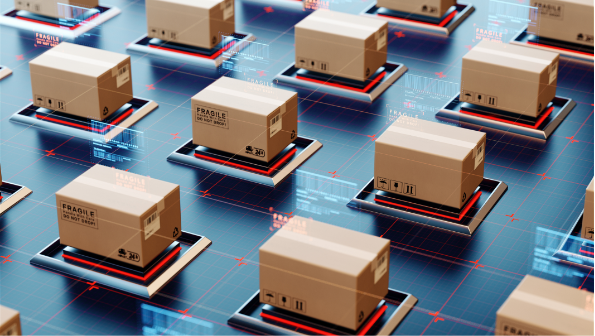The Internet of Things
December 15, 2014
There’s lots of talk about Internet connected devices. Some of the ideas are clever, some just interesting, and some of them remind me of Disney’s 1950’s–style Carousel of Progress ride. Let’s put aside the issues of security, privacy, and processing power and look at IoT from a bottom line point of view. Just because you can do it, doesn’t mean it has value. On the clever and useful side of the scale there’s health monitoring. Let me know when a device is about to break and I can avoid downtime while extending the operating life of the device. I’m increasing the “predictive” part of predictive monitoring and I can put a number on the value that delivers.
For just interesting ideas there’s energy use and the ability to communicate with the energy company to better manage draw. I’m not sure if the initial cost will be offset by the saving but over time it’s likely to deliver a benefit. In the case of the City of South Bend Indiana, we found they received a 123% ROI (m165 – IBM ROI case study – City of South Bend) when they used IBM Intelligent Operations Center with the city’s smart valves and sensors helped the city to gather and analyze sewer system data more efficiently.
On the “Carousel of Progress” end of the scale there’s the now cliché example of the refrigerator that orders food. That sounds great except it needs access to my travel schedule and I’m now tasked with keeping my refrigerator informed when I book a flight or decide to stay out late. Sure it may work, but it’s like the promise of the smiling 50’s housewife in an apron, pressing a button for food to magically appear. In reality she probably spent the 50s watching soap operas with a martini in her hand. The problem is that IoT is attracting self-proclaimed “futurists” like bugs to a bug light and generating lots of hype. If there’s one thing I know about futurists is that they rarely predict the future.